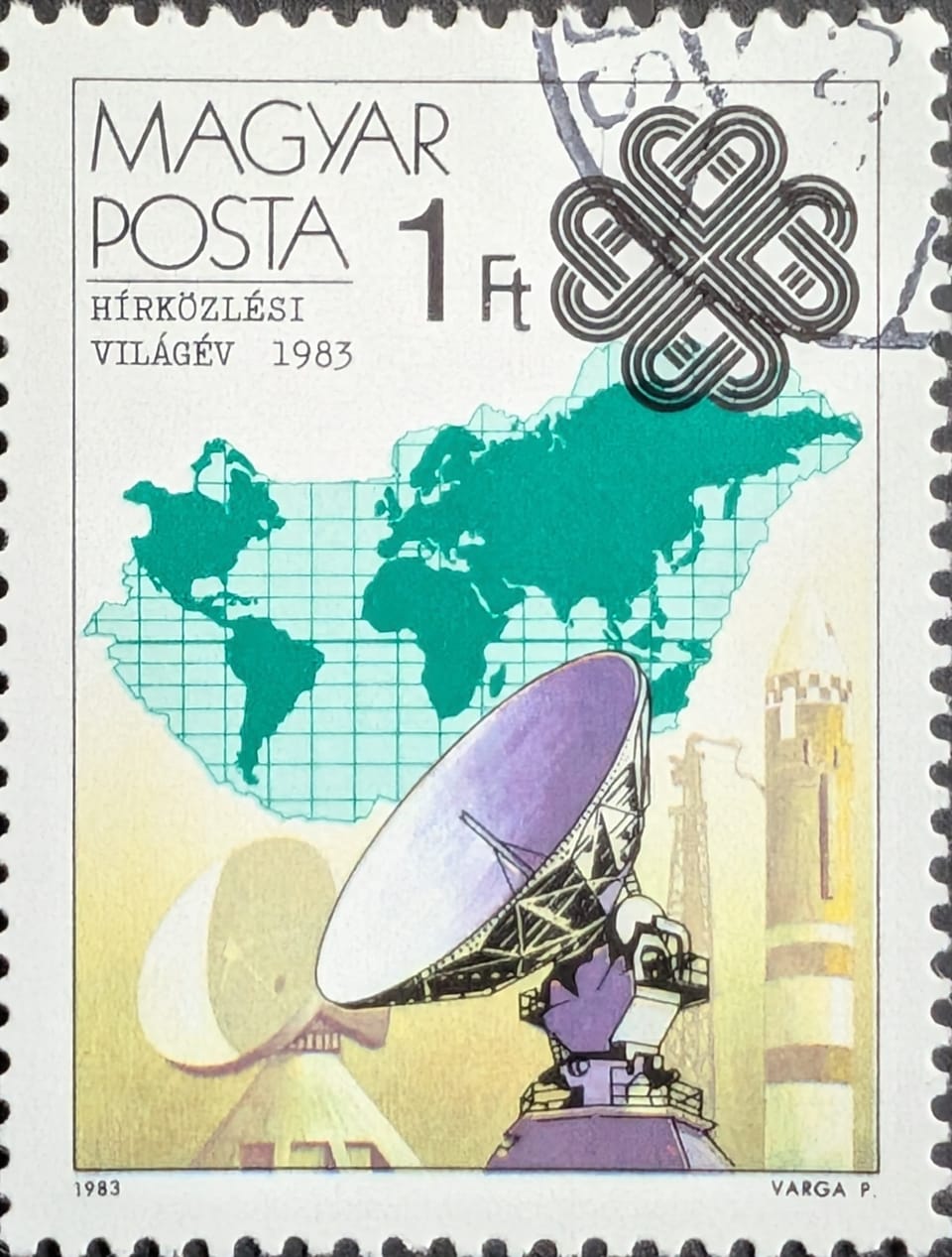Cubesat Customers–The Worst of Both Worlds?

I’m a fan of cubesats.
There, I said it.
Cubesats are great little satellites and equalizers for those wishing to learn about and operate in space. They are a subset of the small satellites the industry has increasingly employed, based on a 10 cm (~4 inch) cube. Sizes generally range from the size of a small tissue box to that of a modest trunk.
One of the more popular cubesat sizes, the 3U, is a line of three 10 cm cubes mashed together, or about the shape and size of an American bread loaf. Spire uses the 3U for many of its satellites, as does Planet. Universities, high schools, NASA, Aerospace, and many others use a 3U or smaller cubesat for research and technology demonstration purposes.
There are a few reasons for the cubesat’s popularity with universities and other schools. For example, they are: 1) standardized and can use standardized (and inexpensive) components; 2) small enough to work on in a classroom environment; 3) relatively affordable–especially if building one from scratch; 4) reasonably quick to assemble; and 5) relatively inexpensive to launch.
For civil organizations, such as NASA and ESA, cubesats are a fantastic option for conducting small experiments or testing technology in space. As noted, they can be produced quicker, allowing research to advance. They can be launched on nearly any type of rocket. In some cases, they have been transported to the International Space Station (ISS) and deployed from there.
The above are some of the same reasons why a business might want to, at least initially, use cubesats as well. They are a relatively inexpensive and quick way to test a technology or service before going all-in on space. However, a few companies also use cubesats for their constellations. Planet, for example, uses its 3U Doves and SuperDoves to take pictures of the Earth. Spire’s Lemur 2 and Sitronics’ Zorkiy cubesats are also 3U.
There’s a lot to like about cubesats, then. So, aside from the companies using them for their purposes, such as Planet and Sitronics, why does it seem that not many have been deployed during the past few years? This contradicts the trend of growing smallsat deployments during the past decade. The upward(-ish) climb is seen in the data below (for the past six years).
The chart doesn’t include Starlink satellites, which would dirty the data pool. SpaceX has deployed so many Starlinks during the past few years that the activities of other companies would be obscured if SpaceX’s satellites were to be included. Also, the chart references the total numbers of smallsats deployed during those years, a category encompassing 0.1-600 kg satellites.
Looking at those cubesat customers again, at least two primary customer types have limited budgets and no growth: Schools, universities, and civil organizations like NASA and ESA.
Schools and universities have very limited budgets, parlaying their students' and teachers' time as they build their cubesats. During the past six years, most have been one-offs, with very few deploying more than one cubesat. And yet, many cubesat manufacturers reach out to these organizations to provide their satellite buses and components, perhaps even at a discount.
NASA and ESA, on the other hand, usually have access to more money. But because they and others like them are civil organizations, they tend to (ideally) be egalitarian in the contracts they award. Also, because of how they’ve used cubesats in the past, most tend to be unique. I have not heard of plans from these organizations to populate an orbit with hundreds of satellites for their missions.
Again, while these customers help cubesat manufacturers make money, it’s not often, usually with no plans for growth, and, for at least one segment, it’s not as profitable (unless subsidized by a civil agency). That leaves the cubesat manufacturers dependent on commercial customers. And they may not be buying enough. Worse, there seems to be a desire for larger satellites. There’s also the challenge of businesses using cubesats, usually manufacturing their own.
Taking a leap, assuming that most deployed cubesats fall in the 0.1-10kg range and comprise nearly 1,300 satellites from 2019 through 2024 (~217 per year). Almost half of all those satellites were deployed by four companies: Planet, Swarm Technologies (now SpaceX), Spire, and Sitronics. They all use cubesats. After those four is NASA, which used ~35 primarily for technology demonstrations and research. Then, four more commercial companies deployed constellations that account for another 70 cubesats.
At least one of those four is no longer in business. All but two of those eight commercial companies manufacture the cubesats they are using. Not only that, but they are manufacturing them faster than the dedicated cubesat manufacturers. Planet, for example, deployed nearly 270 cubesats during those six years. It needs to manufacture at least 45 cubesats each year to keep up with its annual deployments. Spire manufactures a little bit less–about 14 per year for its own missions.
The trend of companies manufacturing satellites for their businesses isn’t just occurring with cubesats. I’ve already noted other companies like Amazon’s Kuiper, which can manufacture X satellites per day. While that capability primarily supports these companies' (usually) internet relay missions, they certainly can and have tried their hand at luring satellite customers. These companies manufacture more satellites in a day than competitors do in a year.
These are why I’m a little worried about dedicated cubesat manufacturers who build cubesats much more slowly than companies like Planet. It’s not that there is no money in it, as they could have deployed as many as 100 cubesats per year from 2019 through 2014. But that isn’t a lot when dividing that number by the many companies that supply the cubesat buses. AAC Clyde, AxelSpace, Blue Canyon, GomSpace, ISISpace, NanoAvionics, and many other cubesat manufacturing companies are vying for those contracts.
It’s also not to say that these companies aren’t providing opportunities with their products, because they are. Their cubesats allow organizations to experiment with space technologies before going all in on a business plan. A low-risk platform for experimentation is essential for delving into unexploited space services. But, as noted, experimentation may be as far as it goes for many of those customers. Some, like Spire, go on to build their own.
The seeming success of companies like Planet suggests at least part of a solution for these companies: pursue a space operations business through a large constellation. So many potential services aren’t being pursued (it seems like everyone’s gunning for some kind of communications or remote sensing service) that each could easily field a cubesat constellation providing services that don’t even compete with the others.
They need to observe the markets for a bit or remember conversations where a client was murmuring about something that would be nice to have. See if the technology exists to cater to this newest of services and wring out a business plan. It’s not easy, but I suspect it’s a better place to be than where the cubesat manufacturers currently sit.
Cubesats, smallsats, and regular satellites…do you know the trends, or are you relying on your gut? If you’re interested in a consultation, please contact me through LinkedIn.
If you liked this analysis (or any others from Ill-Defined Space), please share it. I also appreciate any donations (I like taking my family out every now and then). For the subscribers who have donated—THANK YOU from me and my family!!
Either or neither, please feel free to share this post!




Comments ()